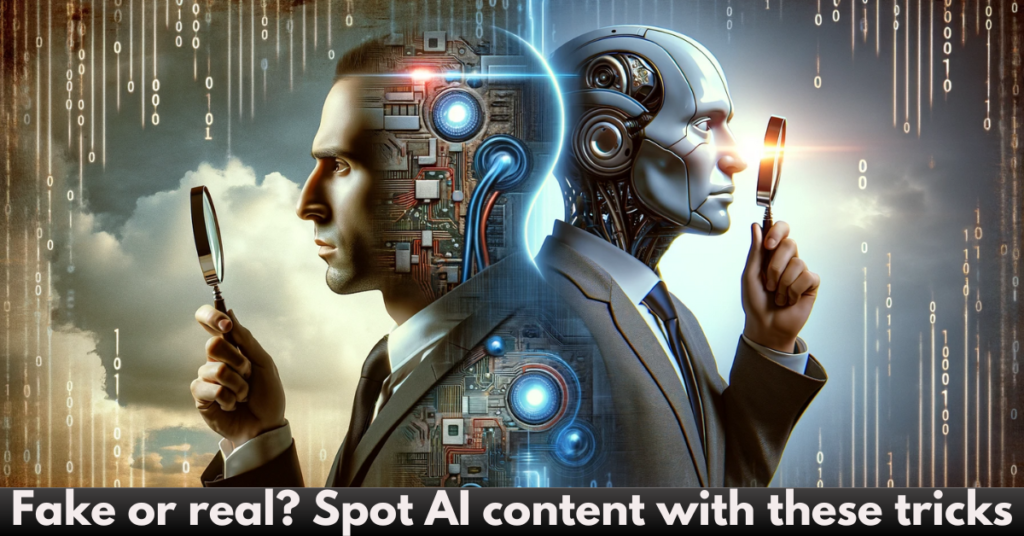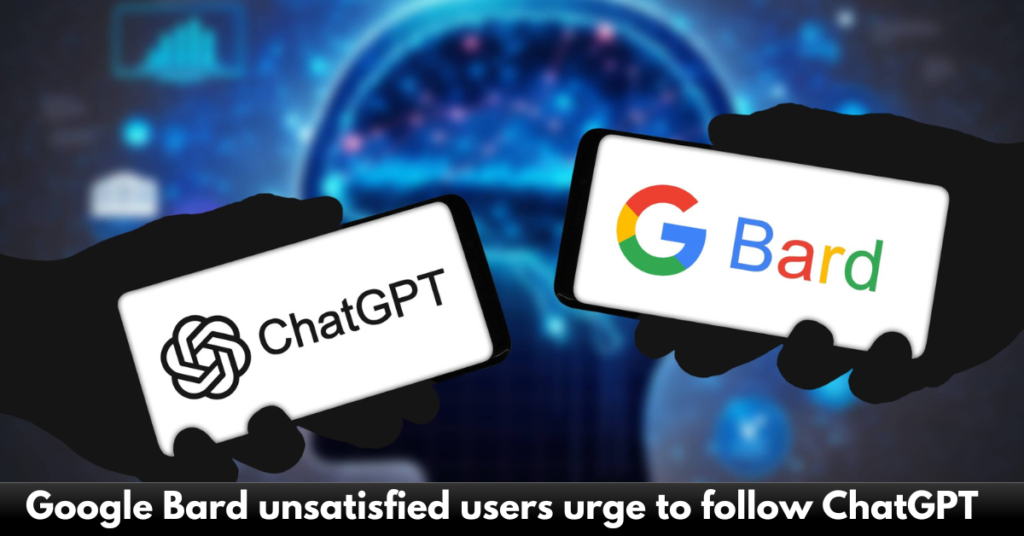Fake or real? Spot AI content with these tricks
Generative artificial intelligence (AI) models are a big step forward in technology. They help make content and text written by humans better. But there are also some risks associated with using AI for content generation, including fake news, factless content, and irrelevant content in certain situations. It is also known as hallucination AI content. In some cases, generative AI has even made content that is biased against certain groups. So, using this technology in a smart way has become very important. This raises the question of how to recognize AI-generated content.
Certain algorithms, like natural language processing, are used to learn human written content, and Natural Language Generation (NLG) algorithms offer the potential to generate written content that resembles human language. Amazing art and videos can be made by Generative Adversarial Networks (GANs). However, it is still possible to identify AI content by analysing the characteristic features of machine-generated content as follows:
Consistent Writing Style
AI-generated content usually sticks to the same pattern or adds the same words, which is not present in human text. For instance, ChatGPT’s answer to the question about the benefits of transformational leadership uses the phrase “transformational leaders” more than once.
Differences in the text
Textual errors may indicate that artificial intelligence (AI) was used to generate this content. There may be sudden changes in writing style, tone, or vocabulary in a piece of writing that shows these inconsistencies. Such as, an article written by AI might suddenly change from using complicated terms to using language that is too easy to understand.
Study of Writing Styles
AI-generated content might not have any feelings or be consistent with its grammar, punctuation, and sentence structure. It may overuse acronyms and technical terms.
AI may produce unmatched or illogical arguments. It does not have the natural flow of thought that can be seen in human-written content. The depth, originality, and distinct points of view of AI-generated content might not be as good as in human written content.
General Information
The AI writers lack specific knowledge about any topic. Quality human text includes insights, statistics, and facts to back up the arguments. But all these are missing in the AI written content.
It just gives general information about any topic. Analyzing the content for this kind of information can help to check whether the content is human-written or not.
Image reverse search
Using reverse image search engines to look for an image online is a great way to find out where the image came from. This search engine looks for the picture online. If the picture is found anywhere else on the internet, it will show where the picture came from. This can help you figure out if an old image was updated for use or made by AI. For example, if you think an image has an AI-made face in it, a reverse image search might show you other images with that face in different settings. You can quickly find AI-generated content using reverse image search, protecting your online reputation.
Exposing Metadata Inconsistencies
You can find AI-made content by using inconsistencies in the metadata. Inconsistencies that point to AI content creation can be found by looking at metadata like the creation date, author information, or location information. If a supposed human-written article says it was written before the author was born or from a place that does not exist, that is a sign that AI might have been involved. To easily find content that might not be real, users can look at its metadata and take the right steps to make sure it is real.
Employ AI-Detection Tools
There are tools available to distinguish between artificial intelligence (AI) and human-produced content. These tools use machine learning algorithms to check the writing patterns and choice of words to identify the content’s originality. You can use these tools to detect the AI-generated content.



